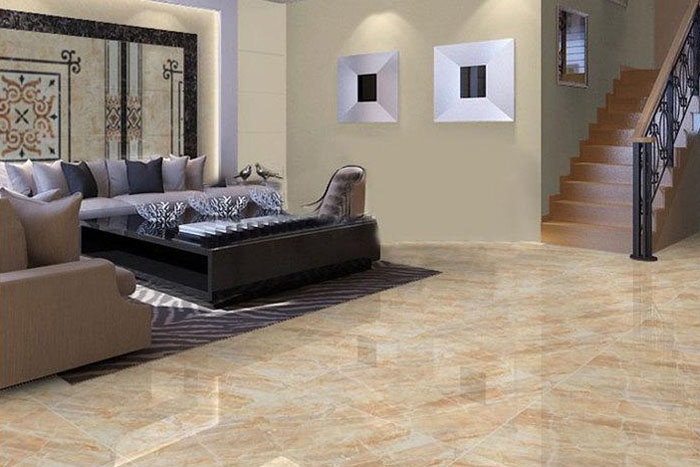Microcrystalline stone is a new type of green and environmentally friendly building decoration material that uses natural inorganic materials and uses high-tech after two high-temperature sintering. The microcrystalline stone has a good decorative effect and is very popular among decoration owners. However, unscrupulous merchants on the market are rampant, often using fake and inferior microcrystalline stones to deceive consumers. So, how to distinguish good from bad? Now, let's take a look with the editor of FABULOUS Group.

Art pattern
The artistic pattern presented by the transparent glass ceramic printed tile composite board is realized on the ceramic tile by modern printing techniques such as screen printing, rubber roller printing, and inkjet printing. The transparent glass covered on the surface just strengthens the three-dimensional and bright visual effects of these patterns, and plays the role of finishing touch or icing on the cake.
Transparency
The optical performance of transparent glass is that it has the property of transparency. It is precisely by using this property that the enterprise fully displays the exquisite artistic pattern printed on the transparent glass ceramic printed tile composite board product, and increases the three-dimensional effect and brightness of this pattern. The optical properties of glass-ceramics are translucent to opaque, except for very small varieties of the main crystallite phase. This is the biggest difference in appearance between glass-ceramic and glass.

performance
The performance of transparent glass is mainly affected by the composition and structure of the glass. The performance of glass-ceramics is not only affected by most of the glass phases, but also by a certain amount of glass-ceramics. Affected by the crystallite phase, the mechanical strength of the glass-ceramic composite board is higher than that of the transparent glass printed tile composite board.
Internal structure
Transparent glass has a single structure, and the arrangement of the constituent particles inside it is macroscopically disordered, irregular, and randomly distributed. They do not diffract X-rays, and their diffraction curve will not have diffraction peaks. In addition to the glass phase, glass-ceramics still have a certain amount of crystalline phase. The arrangement of the constituent particles inside these crystalline phases is both macroscopically and microscopically ordered, and these crystals will be diffracted by X-rays.